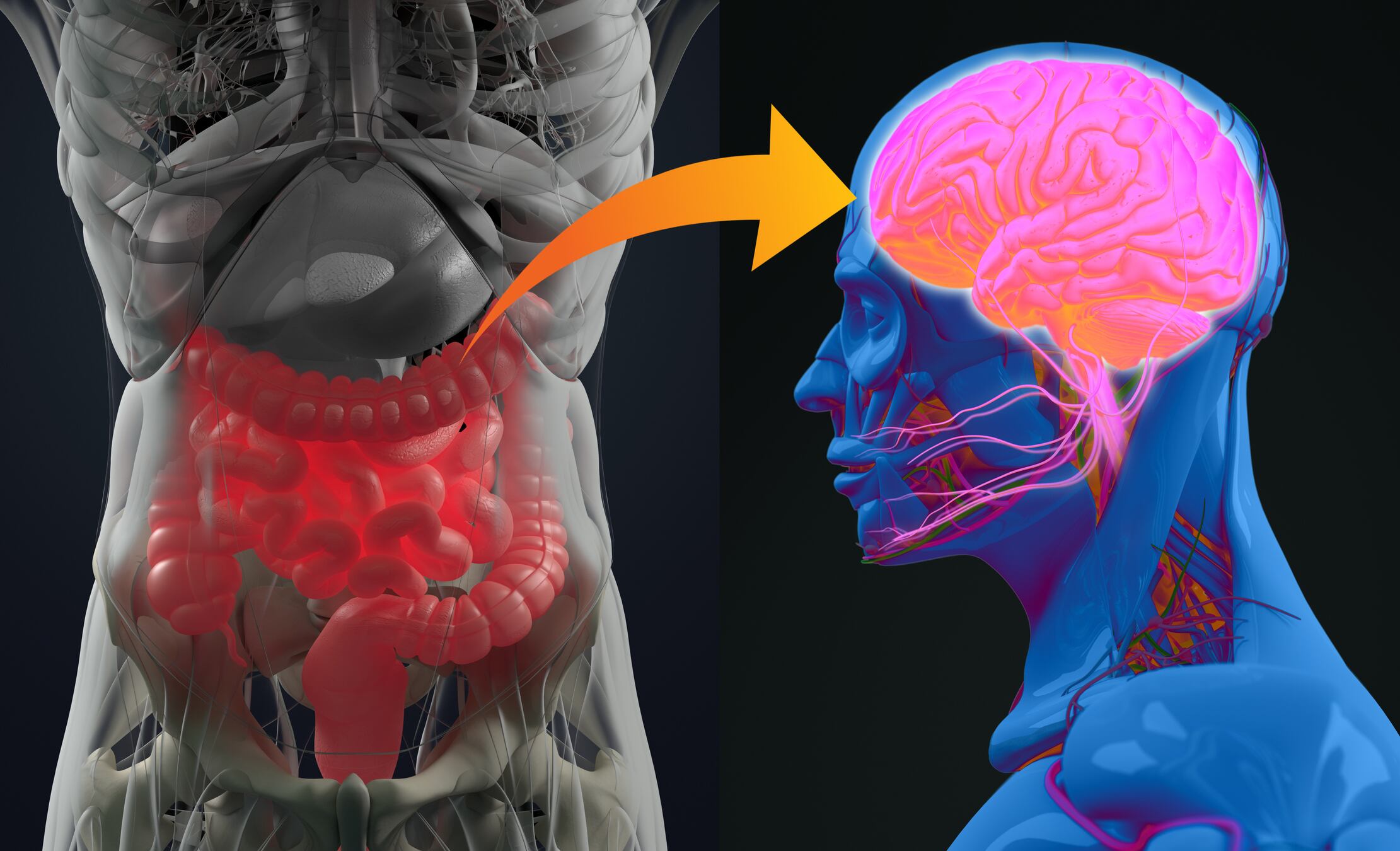The guide, available on the new Yakult website, has been created in response to Yakult research carried out on 2,031 UK adults between 19-29 March 2021, revealing a huge gap in consumer knowledge.
Developed with the expertise of the global leader in microbiome science and gut-brain axis research, APC Microbiome, the guide explores what the gut-brain axis is, how it works and the role that lifestyle factors such as diet and exercise have.
Hiroaki Yoshimura, MD for Yakult UK & Ireland, commented; “Yakult is always on a mission to inspire happiness and wellbeing through science. We want to help people understand that looking after their gut and their gut-brain axis can benefit their overall wellbeing - physical, mental and emotional. We are proud to partner the thought leaders in gut-brain axis research, APC Microbiome Ireland, and we value the research insights and science-rooted advice they have shared with us for the benefit of our consumers.”
The guide informs consumers the brain and gut communicate in different ways; sometimes the conversations are direct chats between bacteria and the brain using the gut-brain axis, other times the immune cells need to act as ‘translators’, plus the vagus nerve and the bloodstream link the gut to the brain.
The guide states: "The vagus nerve connects your gut directly to your brain – think of it like an intercom system that the bacteria in our gut can use to communicate with the brain, and vice versa. Messages run in both directions, but up to 90% actually flow from the gut to the brain and these help control our appetite and food intake, giving us clues about whether we are hungry or full. Messages from the brain to the gut, for example, can control the movement and breakdown of food by the digestive system.
"Not all messages going from the gut to the brain use the hardwiring of the vagus nerve – some are sent through your bloodstream. When you eat a meal, you are also feeding your gut bacteria. They love fibre-rich foods like grains, legumes and vegetables. As they break down the fibre, your gut bacteria produce important substances called short-chain fatty acids (SCFAs) which are known to reduce inflammation in the body. SCFAs can then be absorbed from your gut into your bloodstream and hitch a ride to message the brain.
"Our gut bacteria use components of our food, like tryptophan in bananas, milk, chocolate, and chicken, to make important mood-influencing substances like serotonin. Serotonin is sometime referred to as 'the happy hormone' as it is an important neurotransmitter for the control of mood and emotion. Most of the serotonin in the human body is produced in the gut (90%) and it also plays an important role in how our gut functions such as our bowel movements. So the tryptophan from the food we eat can impact both our gut and our brain function.
"Messages flowing between our gut bacteria and our brain can sometimes be difficult to understand. Luckily, the immune cells in our gut are very good at interpreting these messages and can translate them into immune signals that the brain understands. These translated immune signals influence our mood, emotion, and cognition."


